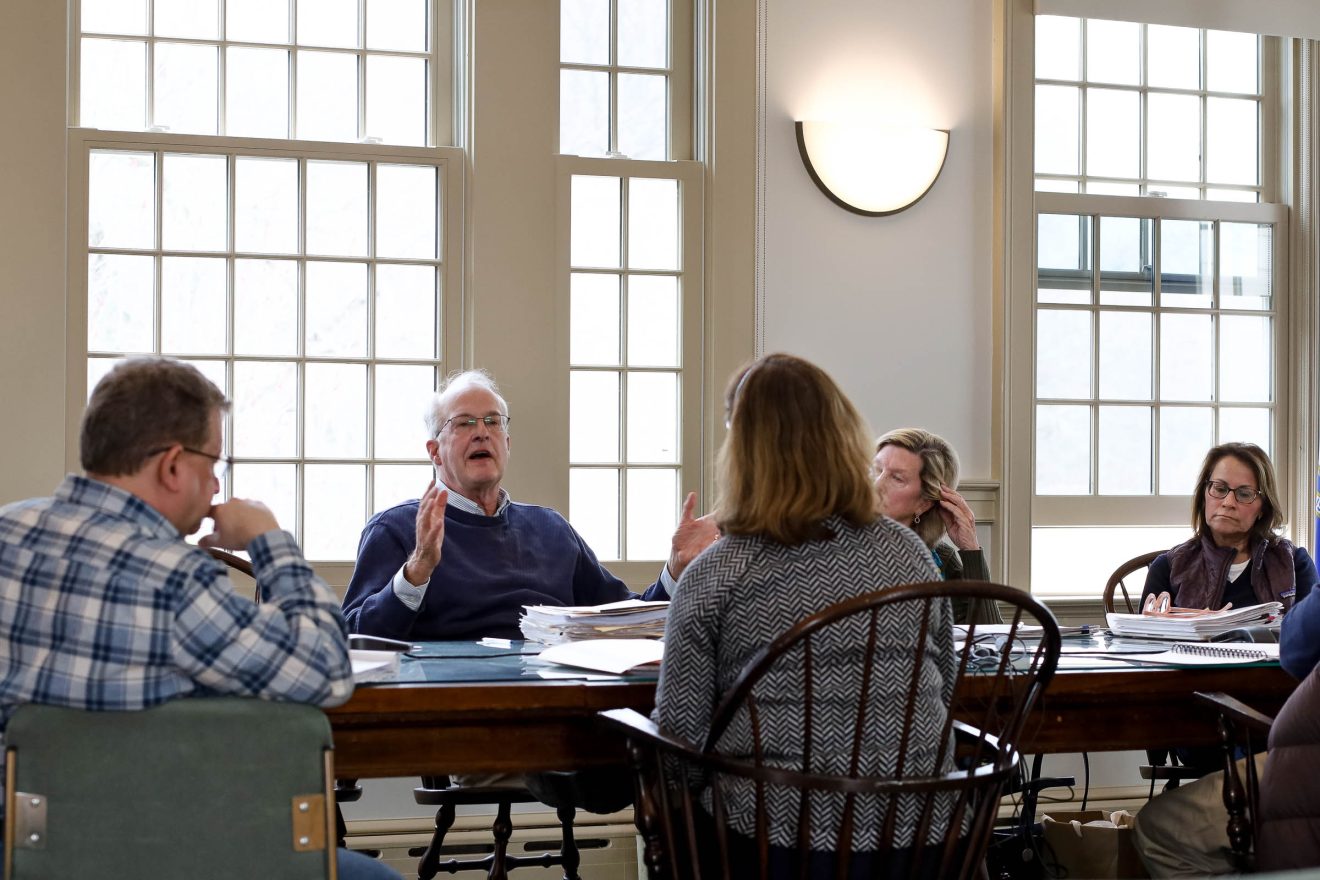OLD LYME – In a tense meeting on Monday morning in Town Hall, Democratic Town Committee Chair Mary Jo Nosal expressed skepticism, if not opposition, to an effort by members of the Historic District C...
Haven’t subscribed yet? Click here to register.
CT Examiner is just $20 a year. And if you want to unsubscribe? That’s online and at the click of a button. No phone calls. No runaround. No hassle.
At less than a tenth the cost of our statewide competitors, our promise to you is no-nonsense federal, state, and local news that’s nonpartisan, respects your privacy and is ad-free.
Subscribe and see why CT Examiner is the fastest growing news source in Connecticut.

